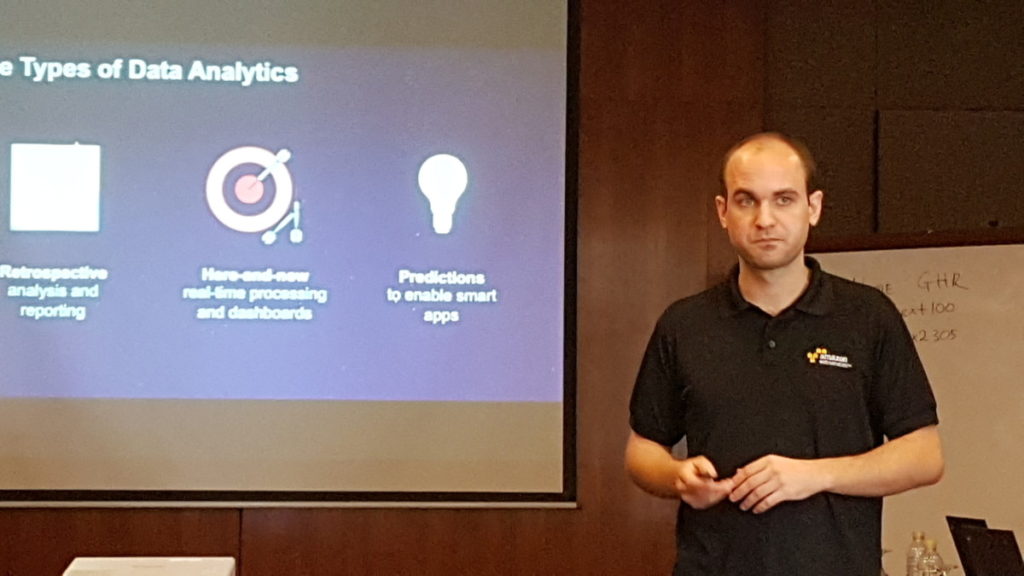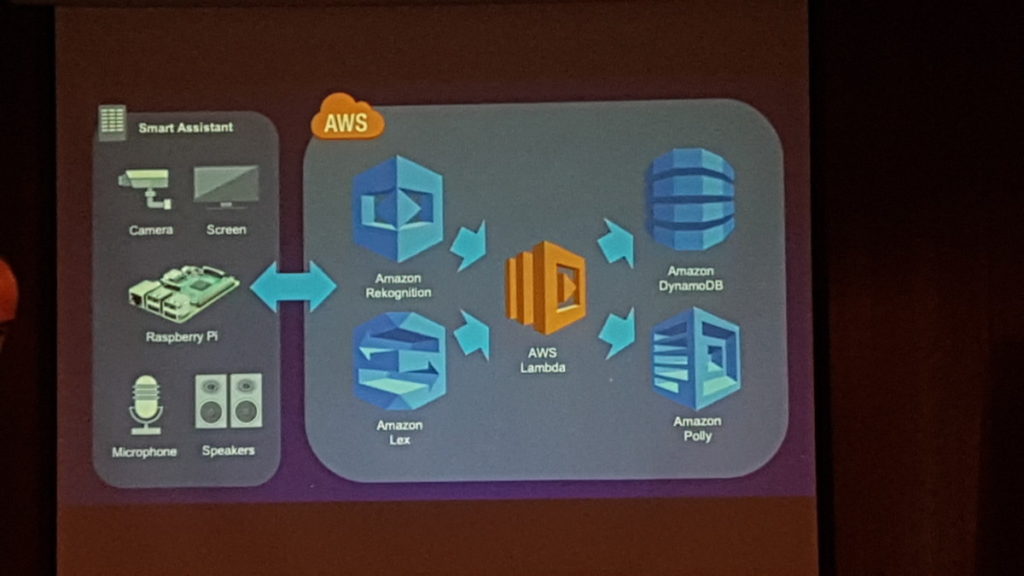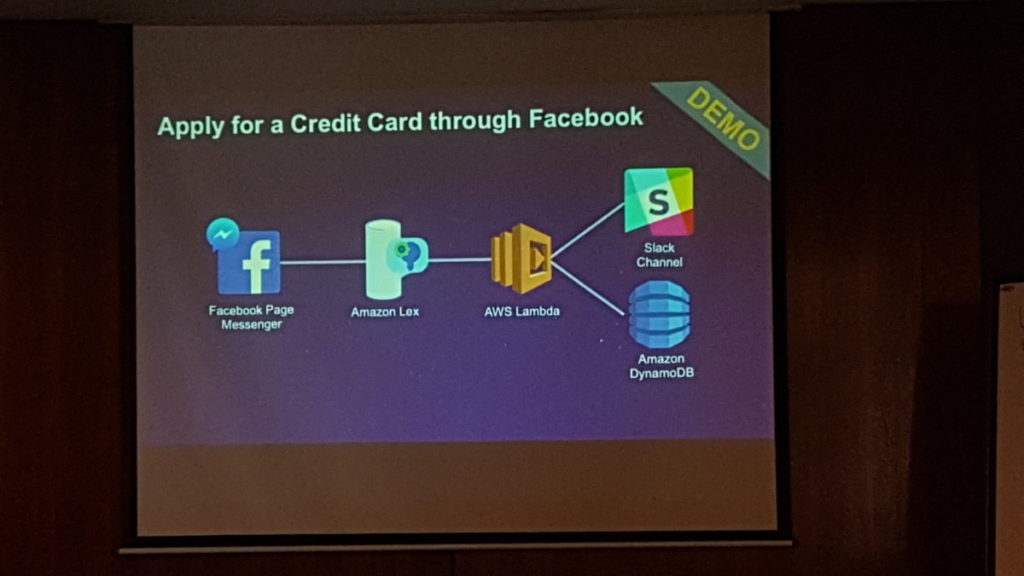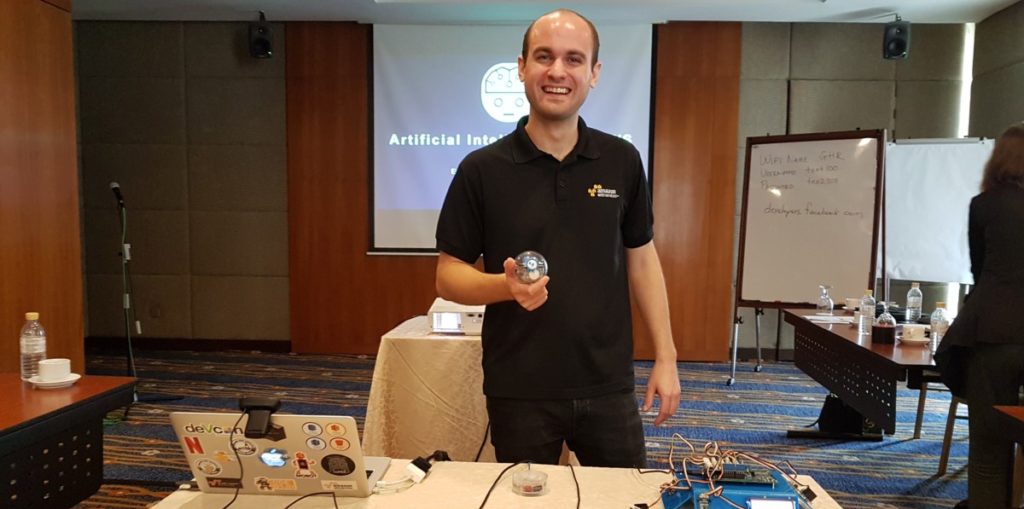
Is the AI revolution around the corner?
Mention artificial intelligence to the average bloke and they’d likely conjure up a mental image of the eponymous Cortana from the Halo series of shooters or, if you’re old school, the somewhat more sinister Skynet from the Terminator movie franchise. True AI sentience and, for the matter, a robot revolution to the tune of something like a Cylon rebellion from Battlestar Galactica are fortunately a distant prospect on the horizon though AI does exist and is, surprisingly, working among us in a subtle fashion. And yes, they have a plan.
While Amazon is best known for selling almost everything under the sun including online cloud space and computing power via their Amazon Web Services arm, they also offer a comprehensive array of AI oriented services that allow you to cook up your own AI for whatever purpose you need. Olivier Klein, Solutions Architect, Emerging Technologies, Asia Pacific one of their technical experts in AI were flown in recently to Malaysia to share more on just what AWS’s Artificial Intelligence applications and services had to offer and just what AI were currently capable of handling.
AI as we know it today isn’t bright enough to think on its own. It still needs to be pointed in the right direction and once you do, they’re able to accomplish tasks that people would find monotonous, time intensive or complicated like sieving through tons of data. According to AWS, their AI solutions are currently in service across a host of clients worldwide.
The crux of the workshop today was that AI needed to be taught what they had to do which was where AWS’s vast array of available computational power came in handy. In its most basic form, an AI knows nothing and has limited external knowledge or means to interact with the world. “A freshly made AI is effectively dumb, it has no context or grasp of how things work.” said Olivier.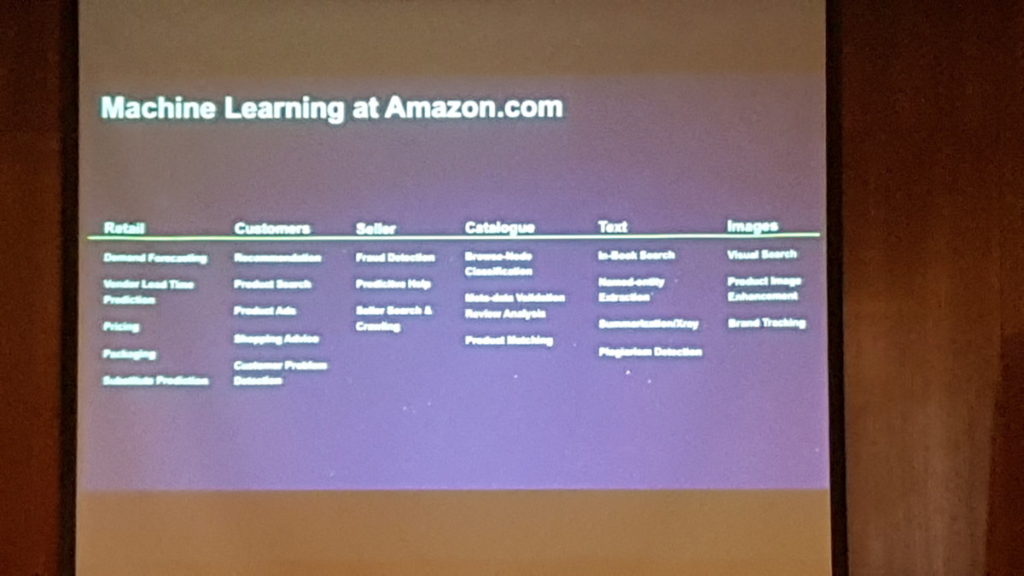
An example would be teaching AI to solve a Rubik’s cube. If one were to brute force the approach, there would be, in theory, 43 quintillion possible permutations to derive a solution. According to Olivier, this would waste a lot of processing power but via implementing a deep learning model, an AI could resolve problems much more efficiently. To create an efficient Rubik’s Cube solving AI, a developer would educate it to first solve one problem on the Cube with a certain degree of accuracy. Then, a developer would keep adding successful combinations with a known outcome. Ultimately, this teaches the AI a successive series of possible, viable solutions to resolve a cube.
Another example of deep learning would be training an AI to recognise images. Developers throw thousands of examples at it so that it recognises what objects are in the real world – things that we take for granted like say the difference between a cat and a dog – and then it gradually learns from positive outcomes to identify objects or images. In the case of achieving something beyond the stilted robotic speech that you’d commonly associate with a robot, AWS has implemented their Polly AI platform that is able to speak, with a reasonable degree of smoothness and all the traditional pauses and accents that you’d associate with normal speech. Like the other aspects of AWS’s AI platforms, it’s a usable component that you can bolt onto an AI to offer additional functionality as needed.
Building AIs?
Even if an AI has been ‘trained’ to solve tasks efficiently, it still needs a means of interacting and acquiring data from the outside world which is what the current Internet of Things is all about as more and more devices are connected to the internet and to each other. By adding sensors and teaching it what to look for, you get a better trained AI optimised for a particular task.
A real world example that Olivier gave was a traffic predictive system developed in Thailand that had sensors on a host of public transports running around the city along with flood sensors. All this data is fed and overlaid on a map which then allows controllers to reroute vehicles efficiently in a flood and reduce traffic congestion by 30%. The impressive feat here is the AI crunching all that data and deriving something meaningful from it in a short period of time which would be something that even a trained statistician would balk at.
Olivier then offered a walkthrough of just how easy it is for even non-developers to use the array of AWS AI applications to create rudimentary AI to resolve simple tasks such as creating an ordering system for coffee for a fictitious coffee shop. He then added examples to a working demo of a rudimentary AI, allowing him to change the colours of a connected LED via remote commands.

He also shared the array of AI oriented platforms and services that Amazon had to offer. The aforementioned Amazon Polly may not want a cracker but it implements deep learning to synthesise text into lifelike speech. Amazon Lex creates conversational interfaces for applications like their own Alexa so that people could couch requests in normal English. Amazon Athena was another service that allows for interactive queries to anallyse data in Amazon’s S3 cloud with Software Query Language (SQL) – this allows for faster processing without having to move chunks of data around to and from the AWS servers.
So what can AWS AI do?
With the right training and the right approach, and via Amazon Lex, Polly and Voice Services, you’re able to assemble an AI that can tackle reptitive tasks and find patterns or derive meaningful data. It’s also able to rudimentarily interact with the environment; assuming you had the right tech and sensors to go with it.
In Netflix, AI is used to power their recommendation engine. On Fraud.net, it is used to detect patterns and detect online payment fraud. On Pinterest, it is used to identify and recognise images. To get a closer look at what AI done for Netflix, swing by here. To see how it helped out Fraud.net, look here. To see how AI helped Pinterest, look here.
Long story short, AI aren’t going to achieve the sentience that you’d see in a sci-fi movie anytime soon. What it can do is crunch data and help businesses with certain reasonable limitations of course.

